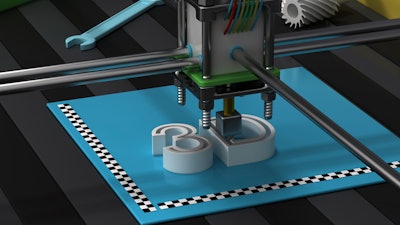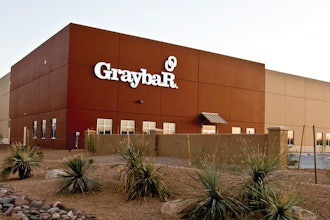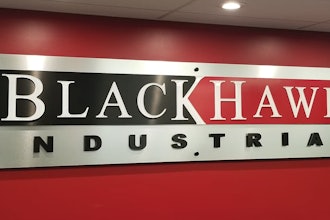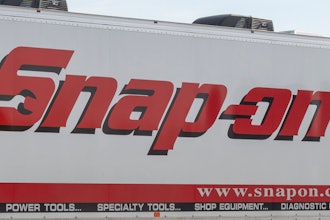
There’s always risk in the supply chain. Disruption from machine failure and environmental and geopolitical factors create delays that cause a ripple effect through the supply chain and ultimately affect consumers. The pandemic ushered in a new level of turmoil, risks, and challenges, from the Suez Canal obstruction and labor shortages to lockdowns and material scarcities.
Broken machinery can leave manufacturers waiting for a replacement part for days or even weeks. Manufacturers must choose between paying for a rushed order to receive replacement parts, purchasing materials at a premium, or suffering through excessive downtime. Stuck between a rock and a hard place, supply chain challenges render manufacturers unable to move production forward predictably or without incurring higher costs to attain materials on time.
Manufacturers must seek new solutions that enable greater flexibility and fewer risks than current production methods; 3D printing is one solution. 3D printers can become a manufacturer’s swiss army knife, an adaptable tool that can keep production lines running.
Rather than keeping a stock of backup tools and parts on hand, 3D printing gives manufacturers an affordable and fast way to respond to supply chain shortages. With in-house industrial grade 3D printers, manufacturers can fortify their business against supply chain challenges and mitigate risk rather than replacing traditional manufacturing processes.
Changing the tools needed for production also helps to de-risk the supply chain. For example, highly customizable products, like hearing aids or dental aligners, require flexible production methods that are cost-effective and fast. With 3D printing, these manufacturers can create customizable parts in-house, helping to reduce the number of nodes on their supply chain, shorten lead times, and deliver a product at a fraction of the cost.
3D printing can become the stopgap solution that enables manufacturers to adapt and adjust in the face of supply chain shortages via two main methods: alternative production and replacement part production.
Alternative Production
Rather than waiting for manufacturing parts and materials to arrive, manufacturers can use 3D printers as a back-up production method. For example, at the onset of the pandemic in 2020, a shortage of nasal swabs caused by the shut down of the two factories that produced these swabs was quickly solved with 3D printing. Without access to traditional manufacturing methods, 3D printing became the go-to production method for mass-manufacturing these critical COVID-19 testing components.
Medical facilities that had 3D printers on-site were able to print swabs within a few days, close to where they were needed. 3D printing shortened the supply chain with localized production to reduce the shortage. Facilities printed tens of millions of swabs in more than 25 countries around the globe to continue the COVID-19 testing measures that were necessary for patients’ and workers’ safety.
Replacement Part Production
3D printing can also bolster manufacturers against equipment breakdowns. When a machine breaks down, it could be out of commission for only a few hours, to days or even weeks until a critical part is replaced. When a supply chain is in turmoil, manufacturers can 3D print replacement parts within a few hours to days to prevent long-term delays, halted production, and manufacturing outsourcing.
Using 3D printing for part production requires both tough materials and other methods like selective laser sintering (SLS) print technology. Until recently, SLS printers' high costs prevented its' use as a supply chain stopgap solution. New SLS benchtop printers present the opportunity for businesses of all sizes to utilize 3D printing as a supply chain solution to create end-use parts with the high level of efficiency and throughput needed to fill supply chain gaps.
Corporations like Ashley Furniture have used 3D printers for a replacement part solution. The company brought a Formlabs 3D printer to the factory floor as the main means to replace machined alignment pins. By using end-use 3D printed parts, Ashley Furniture was able to avoid the long lead times and minimum order quantities of outsourcing.
While 3D printing is a powerful technology with growing applications for manufacturing, printers aren’t generally designed to replace traditional production methods. The technology presents new ways to reduce risk caused by supply chain fluctuations to keep manufacturers on track and producing in the face of breakdowns and shortages. These machines are becoming more and more affordable, enabling them to be the safeguard against supply chain disruptions for various business types and sizes.
Manufacturers can choose to scale their backup production methods with 3D printing, whether its starting with a singular printer or establishing a 3D printing suite as an alternative means of production. With alternative production and replacement part production, 3D printers can become the new secret weapon of the manufacturer’s supply chain in accessible and efficient ways.






















